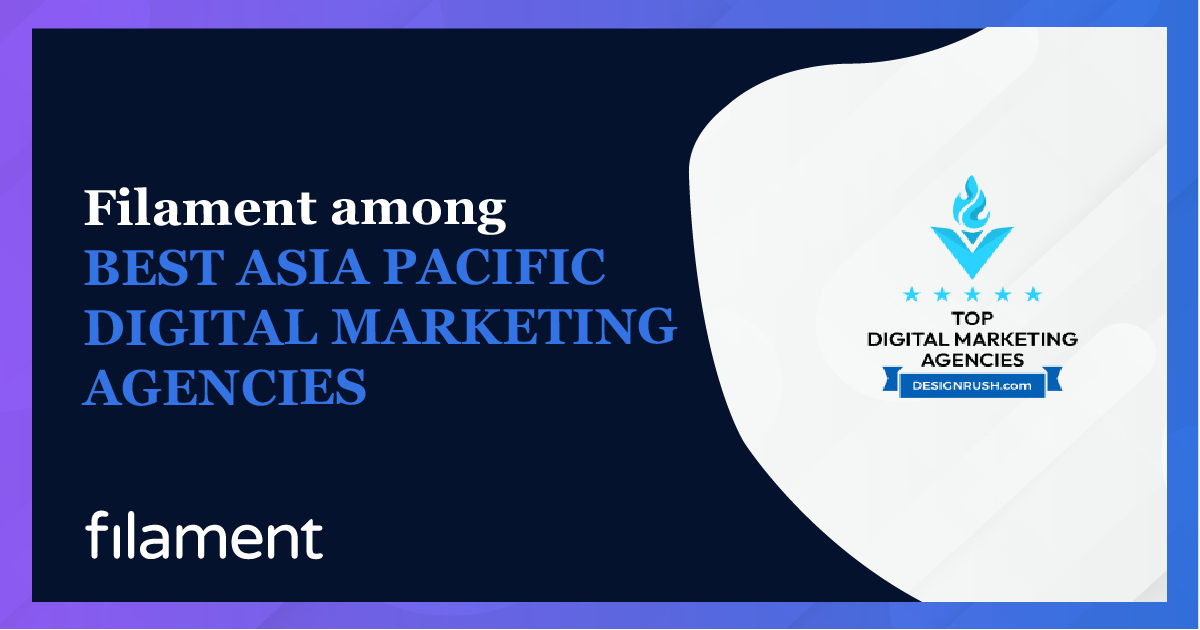How to Align With Your Prospect’s Buying Process
Selling products and services in today’s world where relevant information is literally at everyone’s fingertips, requires a change in the way organisations approach the marketing and sales of their product offerings.

With so much information available and so many different organisational departments actively engaging in the procurement of services, understanding the pain points of each decision-making or influencing role, as well as the process they follow when making purchasing decisions, can help organisations hone their messaging and market their services more effectively.
Buyer Behaviour is Changing
One of the most significant impacts of technology transformation is the way we both produce and consume data. The access we have to information today has fundamentally altered the way both individuals and businesses procure goods and services.
This access to information means today’s buyer no longer relies solely on the traditional salesperson for relevant data regarding a product or service before making a purchasing decision. With everything they need at their fingertips, buyers now have the power and freedom they need to inform themselves of the alternatives available to meet their needs, and then act on a purchase decision immediately.
Organisations need to tailor their offerings and their marketing to adapt their sales strategy so that it aligns with the buyer’s journey.
The traditional approaches of engaging with potential prospects, generating leads, converting them into opportunities and eventually closing sales need to be adapted to consider the informed buyer. Instead of relying on conventional sales cycles, organisations need to adapt their inbound marketing and align it with the buyer’s persona and journey.
Understanding Buyer Personas
It stands to reason that organisations need to tailor their messaging so that it resonates with the needs of each unique buyer. The frenetic activity involved in operating a business means decision-makers are time poor and expect any time engaging with an organisation from which they may purchase to provide both education and value.
Constructing a buyer persona involves developing a fictional, generalised portrayal of an ideal customer. Buyer personas help you understand what drives your potential customer’s behaviour and make it easier to create content targeting their specific pain points and business objectives.
A Buyer’s Journey For Each Persona
Understanding the journey a buyer travels before they form a final purchasing decision is another essential element in building a successful inbound marketing campaign.
An organisation should tailor its marketing messaging paying particular attention to the multiple stages a buyer travels through before making a purchasing decision. This process must be accompanied with the necessary research taking each buyer persona into account.
A buyer generally moves through distinct stages on their journey from the moment they identify a requirement until they make the final decision to purchase a service to fulfil that need. It’s important for each organisation to understand what those stages are for their industry and their target buyers.
It’s critical for messaging and marketing efforts to take these stages into account. By taking a strategic approach, you can then create a particular plan of action which speaks to an identified buyer persona at a specific point in their buyer journey.
Ultimately it’s sales that benefit from this strategic approach to buyer journeys and buyer personas.
Ready to Get More Targeted With Buyer Personas?
Are you ready to take a strategic approach with defined buyer personas which drive your strategic demand gen initiatives?





